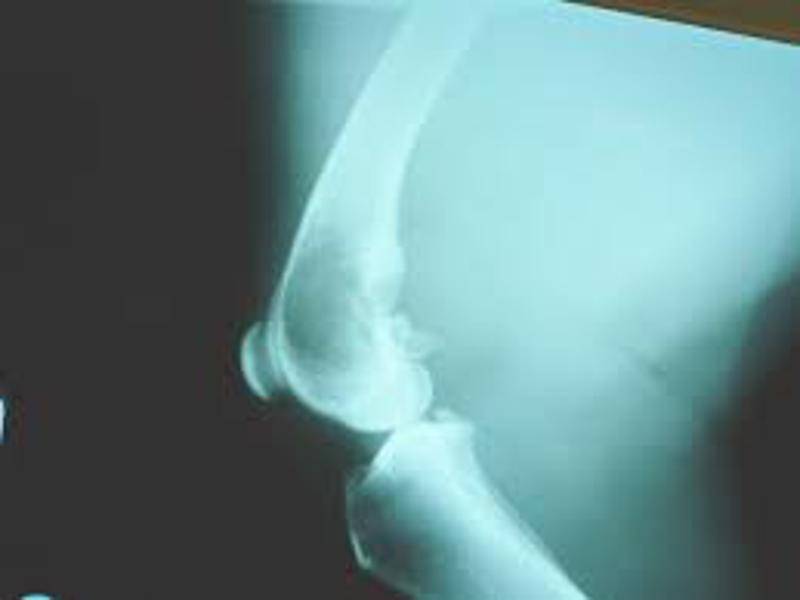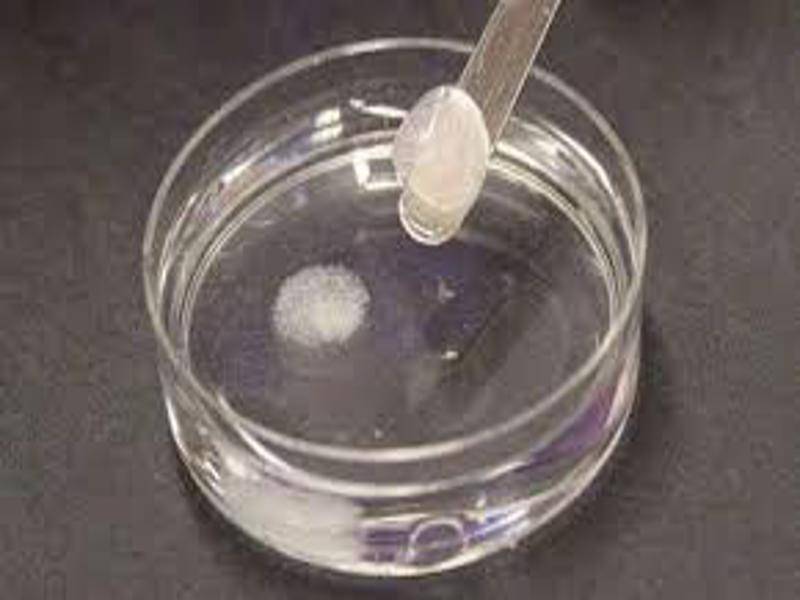
The Indian Institute of Technology (IIT), Hyderabad, and NIT Jalandhar have developed a process by which bone implant materials — which are usually manufactured using synthetic materials that contain toxic elements — can now be synthesized using eggshells.
The researchers seek to produce bone substitute materials such as β-tricalcium phosphate (β-TCP) using eggshells.
A research paper published in an International Journal revealed the development. The scientific paper has been published in the journal Ceramics International, March 2019 issue. Shri Roopavath Uday Kiran, the co-author of the research paper and a student of Department of Biomedical Engineering at IIT-Hyderabad, said: “There is always some hesitancy in using synthetic chemicals as bone replacement materials because of the presence of chemical residues that are toxic. β-tricalcium phosphate (β-TCP), for example, is synthesized using nitrate compounds, which is present even in traces, could be dangerous.”
He further added, “Bioceramics made using eggshell wastes are predicted to exhibit greater biocompatibility than other synthetic powders due to the presence of additional bioactive elemental ions inherently present in the eggshell.

The researchers point out that usage of graft materials to heal bone defects has been known for a long time in India. The ancient Indian text, Sushruta Samhita, describes bone grafting method using materials having calcium, combined with the latex of banyan tree to form bone substitute. In modern times, damaged and missing bones are replaced with bone either from the patient, donor or using artificial materials containing calcium, such as Plaster of Paris or phosphate compounds.
The researchers synthesized pure and thermally stable β-TCP nano powder from eggshells, fabricated scaffolds using these eggshell derived material and polymer and evaluated cellular response on the surface of these scaffolds. Their results show that eggshell derived bone substitute material is promising enough to replace commercially available β -TCP produced using harmful nitrate precursors and has the capability to develop implantable biomaterial for tissue regeneration.
Eggshells are made up largely of calcium (95.1 percent) along with small amounts of proteins and water. What the IIT & NIT researchers have done is develop a process by which bone implant materials can be synthesized.

They want to produce materials such as β-tricalcium phosphate (β-TCP), a commonly-used bone substitute material from natural sources, without the use of toxic chemicals.
According to Shri Uday Kiran, the presence of chemical residues in bone replacement materials, which are toxic in synthetic chemicals, is a concern. For example in β-tricalcium phosphate (β-TCP), is synthesized using nitrate compounds, which if present even in traces, could be dangerous.
In contrast, the bioceramics made from eggshell wastes are predicted to exhibit greater biocompatibility compared to other synthetic powders due to the presence of additional bioactive elemental ions, which are inherently present.
“Eggshells are not only biocompatible, but are also inexpensive and can be obtained in unlimited quantities; millions of tons of eggshells are dumped as waste across the world,” he explained.
The Researchers synthesized pure and thermally stable β-TCP nano powder — powder a hundred thousand times smaller than the width of a single human hair — from eggshells. They used a milling process, called ball milling, to produce these activated calcium phosphate powders. They also studied the effect of processing conditions on the nature of the powder.
Then they fabricated scaffolds using these eggshell derived material and polymer and evaluated cellular response on their surface. Their results show that the eggshell waste are promising enough to replace commercially available β-TCP produced using harmful nitrate precursors and has the capability to develop implantable biomaterial for tissue regeneration.















